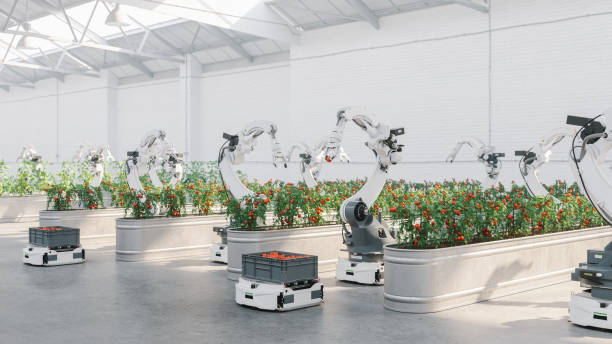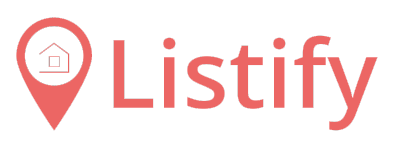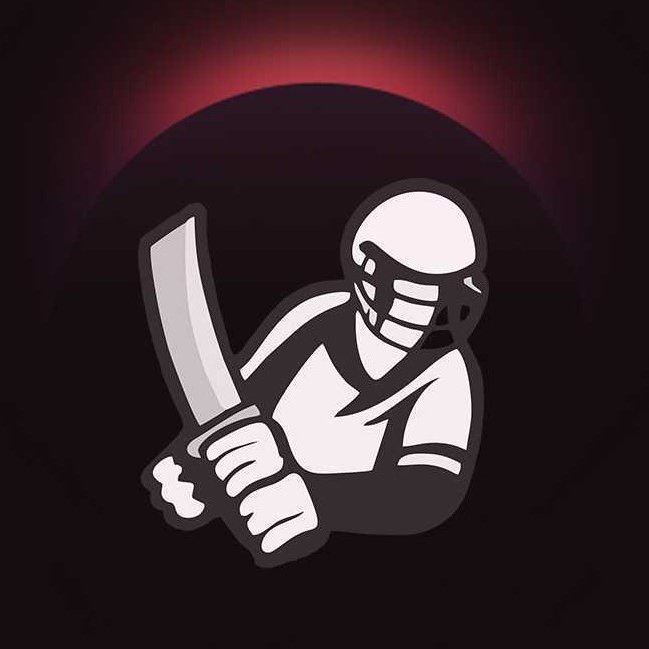Major Component of Internet Of Things : IOT
Sensors or devices are the physical components of an IoT system that capture and collect data from the environment or the system. These devices can be embedded with a variety of sensors such as temperature, humidity, pressure, motion, light, sound, etc. Sensors can be connected to the system through wired or wireless communication, and can be powered by batteries or other power sources. Some examples of IoT devices include smart thermostats, security cameras, wearable devices, and industrial sensors.
Connectivity is the component that provides a means to connect the devices to the internet or a network. In an IoT system, devices need to be connected in order to transmit data to the cloud or other connected devices. Connectivity options can include Wi-Fi, cellular, Bluetooth, ZigBee, or other wireless technologies. The choice of connectivity depends on the requirements of the specific IoT use case. For example, devices that need to transmit data over long distances may require cellular connectivity, while devices that need to be low power may use ZigBee or Bluetooth Low Energy.
The data processing component involves the collection, processing, and analysis of the data generated by the sensors. This can be done locally on the device or sent to the cloud for processing. In some cases, the data may be pre-processed on the device before being sent to the cloud to reduce the amount of data that needs to be transmitted. Data processing can involve cleaning and formatting the data, applying algorithms and statistical methods to analyze the data, and using machine learning to make predictions or automate processes.
The cloud provides a platform for storage, computing, and analysis of the data. This includes databases, data analytics, and machine learning tools. The cloud allows for scalability and flexibility in an IoT system, as it can handle large amounts of data and provide computing power to process it. Cloud services can include storage of sensor data, real-time data processing and analysis, and machine learning services for predictive maintenance, anomaly detection, and other applications.
The user interface component allows users to interact with the IoT system. This can be done through a mobile app, a web-based dashboard, or other types of interfaces. The user interface provides a way for users to monitor and control devices, view data, and receive alerts and notifications. The user interface can also provide insights and recommendations based on the data collected by the IoT system
Security is a critical component of any IoT system. It involves protecting the devices, data, and network from unauthorized access or cyber attacks. Security measures can include encryption of data, secure authentication of devices and users, and secure communication protocols. Security is particularly important in IoT systems that handle sensitive data, such as healthcare or financial data, or in industrial IoT systems that control critical infrastructure.

Smart home devices are a popular example of IoT technology in daily life. These devices include smart thermostats, smart locks, smart lighting, and home appliances, which can be controlled through a smartphone or voice commands. Smart home devices can communicate with each other and can be automated based on user preferences, creating a personalized and efficient living environment.
IoT technology is widely used in industrial automation to monitor and control equipment, production lines, and supply chains. Industrial sensors can collect data on machine performance, quality control, and inventory levels, which can be used to optimize processes and reduce downtime. For example, IoT-enabled predictive maintenance can use machine learning algorithms to predict equipment failures before they occur, allowing for maintenance to be scheduled proactively.
IoT technology is used in healthcare to monitor patient health remotely and to improve patient outcomes. Wearable devices and sensors can track patient vital signs and alert healthcare providers of any abnormalities or changes in condition. IoT devices can also be used to track medication adherence and manage chronic conditions.
IoT technology is used in smart city applications to improve public services and optimize urban infrastructure. Smart city systems can include smart traffic management, public safety systems, waste management, and environmental monitoring. For example, IoT-enabled smart traffic lights can adjust their timing based on traffic flow, reducing congestion and improving safety.
IoT technology is used in agriculture to monitor crops and optimize farming operations. Sensors can be used to measure soil moisture, temperature, and nutrient levels, which can help farmers optimize irrigation and fertilization. IoT technology can also be used to monitor livestock health and to track animal movements, improving animal welfare and food safety.
Testimonial
Work Well Together

“We have been working with Arjun and Pritesh for more than a year now and they completely meet our expectations. We quickly found a way to effectively work together despite the time difference. They are flexible and proactive, they get to the bottom of things and deliver high quality code."
Camille
It's been a pleasure to collaborate with Rushi. Clean code, well documented, excellent communication. Looking forward to our ongoing collaboration.
George
ZenTech offers a hard working team. They understand the requirements well and follow them thoroughly. They have good knowledge of python and django and had a good contribution to my project.
EdoOur Client
















